In various industries where submersible pumps are utilized, compliance with industry standards is not just a regulatory requirement but also a guarantee of safety, reliability, and optimal performance.
For potential buyers, understanding how to ensure that the submersible pumps they choose meet these standards is crucial.
This article will provide a comprehensive guide on the steps and considerations involved in ensuring compliance, helping you make informed decisions and avoid potential risks associated with non – compliant equipment.
What Are the Key Industry Standards for Submersible Pumps?
International and Regional Standards
There are several well – recognized international and regional standards that govern submersible pumps.
In different regions, there are also specific regulations; in Europe, the CE marking indicates that a product meets the essential safety requirements of EU directives, while in the United States, the Underwriters Laboratories (UL) standards play a vital role in ensuring product safety and quality.
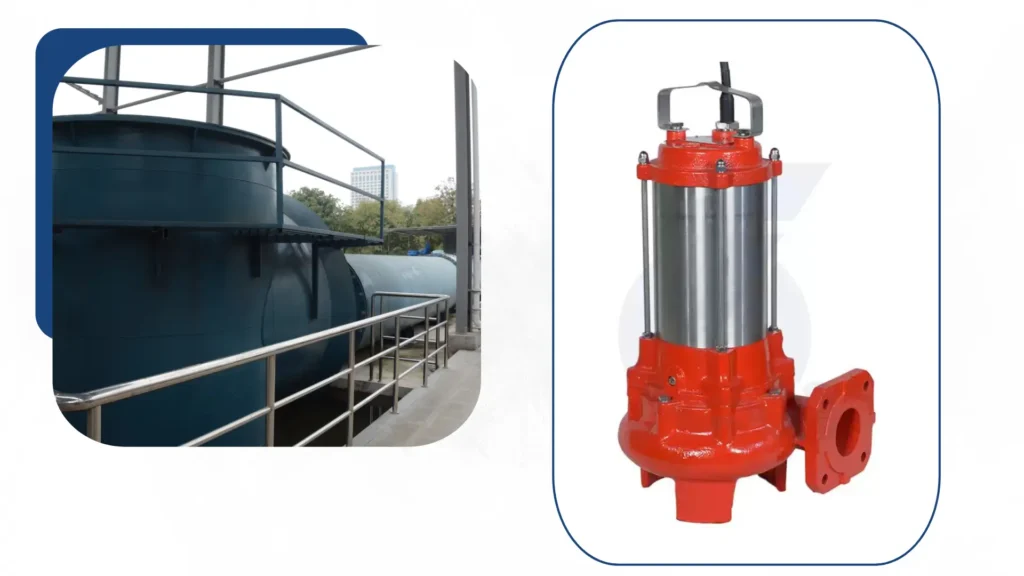
Standards for Different Applications
Submersible pumps are used in diverse applications, and each application may have its own set of standards.
In the water supply industry, standards focus on water quality preservation, ensuring that the materials in the pump do not contaminate the water.
For pumps used in mining operations, standards emphasize the pump’s ability to withstand harsh environments, including resistance to abrasion, corrosion, and high pressure.
In the wastewater treatment sector, standards may cover aspects like the pump’s solid – handling capacity and durability when dealing with various pollutants.
Performance – Related Standards
Performance – related standards define the expected capabilities of submersible pumps.
These include standards for flow rate, head pressure, energy efficiency, and noise levels.
Noise – level standards are important, especially in applications where the pump is located near residential areas or in noise – sensitive environments, ensuring that the pump’s operation does not cause excessive disturbance.
And More:
How Can You Identify Compliant Submersible Pumps?
Check for Certifications and Labels
One of the most straightforward ways to identify compliant submersible pumps is to look for relevant certifications and labels.
Reputable manufacturers will display certifications such as CE, UL, or ISO on their products or packaging.
These certifications indicate that the pump has undergone rigorous testing and meets the requirements of the corresponding standards.
Review Manufacturer Documentation
Manufacturer documentation, including product manuals, technical data sheets, and certificates of compliance, provides detailed information about the pump’s compliance status.
Carefully review these documents to understand the standards the pump adheres to, the test results it has achieved, and any special features or design aspects that contribute to its compliance.
A reliable manufacturer will be transparent about this information and readily provide it upon request.
Research the Manufacturer’s Reputation
The reputation of the manufacturer can also be an indicator of product compliance.
Look for manufacturers with a long – standing history in the industry and a good track record of producing high – quality, compliant products.
Online reviews, industry forums, and recommendations from peers can offer insights into a manufacturer’s reliability.
A manufacturer that is known for its commitment to quality and compliance is more likely to produce submersible pumps that meet industry standards.
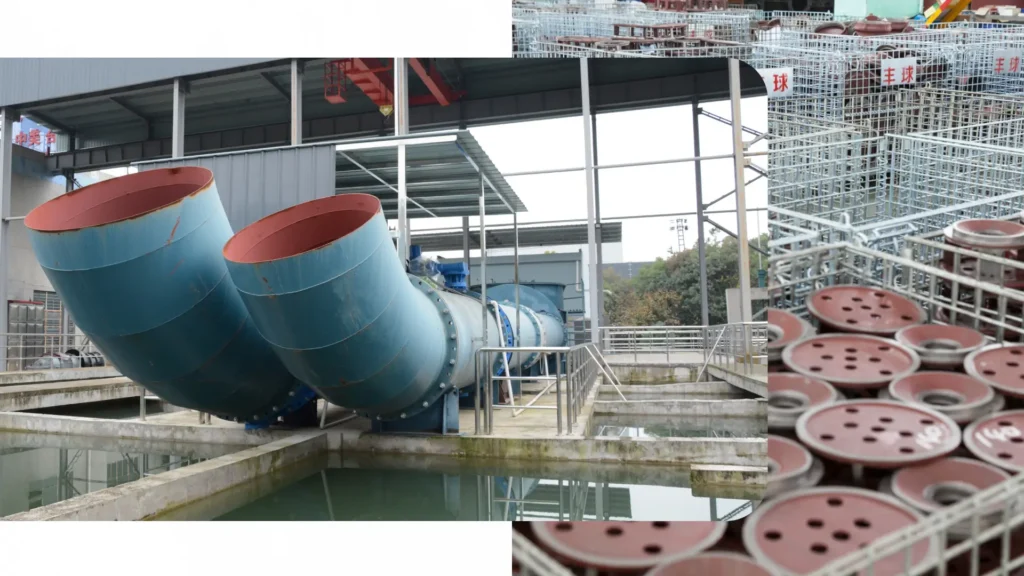
What Should You Consider During the Selection Process?
Match Pump Specifications to Requirements
When selecting a submersible pump, it is essential to match its specifications to your specific application requirements.
Consider factors such as the required flow rate, head pressure, fluid type (clean water, slurry, chemicals, etc.), and operating environment (underground, underwater depth, temperature, etc.).
Ensure that the pump you choose has the appropriate ratings and capabilities to perform the intended task while still complying with relevant standards for that application.
Evaluate Material and Construction Quality
The materials used in the construction of the submersible pump and its overall build quality can impact compliance.
High – quality materials that are resistant to corrosion, wear, and other environmental factors are more likely to meet standards related to durability and long – term performance.
A well – constructed pump with proper sealing and insulation also helps ensure compliance with electrical safety and fluid – containment standards.
Consider Compatibility with Existing Systems
If the submersible pump is to be integrated into an existing system, consider its compatibility.
This includes compatibility with electrical power sources, control systems, and piping networks.
Ensure that the pump’s electrical requirements match the available power supply and that it can be properly controlled and monitored within the existing setup.
Compatibility issues can not only affect the pump’s performance but may also lead to non – compliance if, for example, improper electrical connections violate safety standards.
Also Read:
- How to Determine the Appropriate Size For a Submersible Pump
- How to Choose the Right Submersible Pump Size Based on Flow and Head
How to Ensure Proper Installation for Compliance?
Follow Manufacturer Installation Instructions
Manufacturers provide detailed installation instructions for their submersible pumps, and following these instructions is crucial for compliance.
The instructions cover aspects such as proper electrical wiring, pump placement, and connection to the piping system.
Deviating from these guidelines can lead to installation errors that may compromise the pump’s safety and performance, resulting in non – compliance. For example, incorrect electrical grounding can pose a safety hazard and violate electrical safety standards.
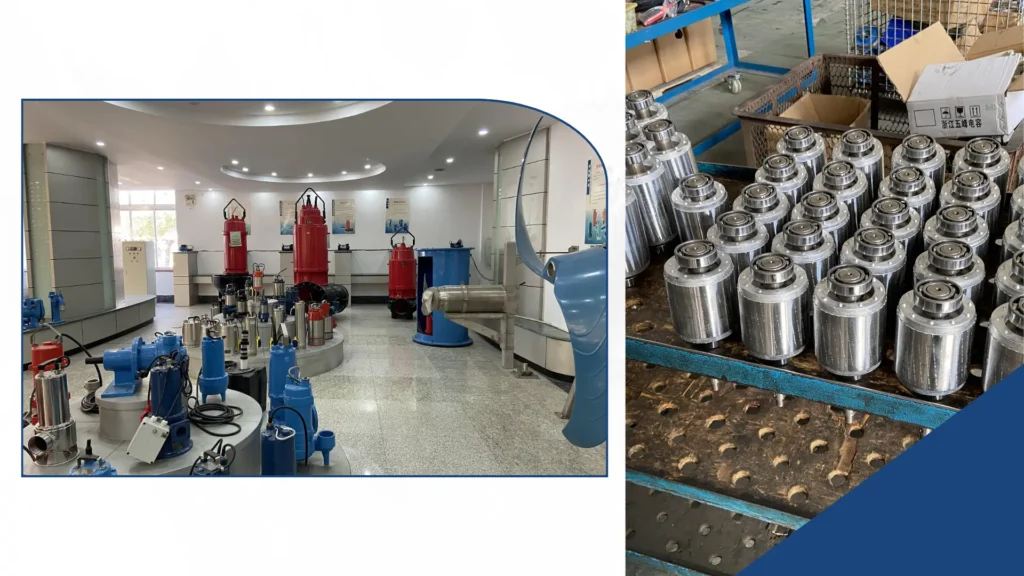
Use Qualified Installers
Engaging qualified and experienced installers is highly recommended.
Installers with expertise in submersible pump installation understand the requirements of different standards and can ensure that the installation is carried out correctly.
They are familiar with best practices for handling electrical components, ensuring proper fluid flow, and avoiding common installation mistakes.
Qualified installers can also help identify and address any potential issues during the installation process to ensure compliance from the start.
Conduct Pre – installation Checks
Before installing the submersible pump, conduct pre – installation checks. Inspect the pump and all its components for any damage during transit.
Check the electrical connections, cables, and seals to ensure they are in good condition.
Verify that the installation site meets the requirements specified by the manufacturer and relevant standards, such as having a stable foundation, proper ventilation (if applicable), and adequate space for maintenance.
These pre – installation checks can prevent problems that could lead to non – compliance after installation.
What Maintenance Practices Help Maintain Compliance?
Establish a Regular Maintenance Schedule
A regular maintenance schedule is essential for keeping submersible pumps in compliance with industry standards.
The schedule should include tasks such as inspecting electrical connections, checking for leaks, lubricating moving parts, and monitoring performance parameters.
Regular maintenance helps identify and address issues early, preventing them from escalating into major problems that could cause the pump to fall out of compliance.
Use Approved Spare Parts
When replacing parts during maintenance, use only approved spare parts recommended by the manufacturer.
These parts are designed to meet the same quality and compliance standards as the original components of the pump.
Using non – approved parts may compromise the pump’s performance, safety, and compliance.
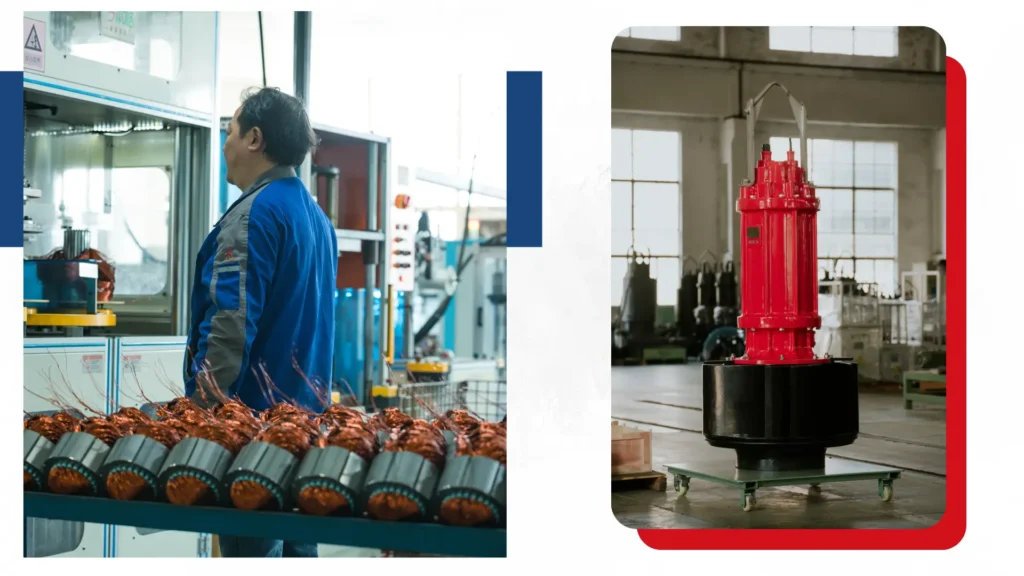
Document Maintenance Activities
Maintaining detailed records of all maintenance activities is important. Document the date of maintenance, the tasks performed, the parts replaced, and any issues identified and resolved.
These records serve as evidence of the pump’s proper maintenance and can be useful during compliance audits or inspections.
They also help in tracking the pump’s performance over time and identifying any trends or recurring problems that may need further attention to ensure ongoing compliance.
And More:
How to Handle Regulatory Changes and Updates?
Stay Informed About Regulatory Developments
Regulatory standards for submersible pumps are not static and may change over time.
It is important to stay informed about any regulatory developments at the international, regional, and industry levels.
Subscribe to industry newsletters, follow regulatory agencies’ announcements, and participate in industry associations or forums where regulatory updates are discussed.
Being aware of upcoming changes allows you to plan ahead and make the necessary adjustments to ensure continued compliance.
Assess the Impact on Existing Pumps
When new regulations or updates are announced, assess their impact on your existing submersible pumps.
Determine whether any modifications or upgrades are required to bring the pumps into compliance with the new standards. This may involve changes to the pump’s hardware, software, or operating procedures.
Conduct a thorough evaluation of each pump’s condition and capabilities to identify the specific actions needed for compliance.
Plan for Upgrades and Retrofits
Based on the assessment of regulatory changes, develop a plan for upgrades and retrofits.
Allocate resources, including time and budget, for implementing the necessary changes.
Coordinate with the pump manufacturer or qualified service providers to ensure that the upgrades are carried out correctly and in a timely manner.
Proper planning and execution of upgrades and retrofits help minimize disruptions to operations and ensure that your submersible pumps remain compliant with the evolving industry standards.
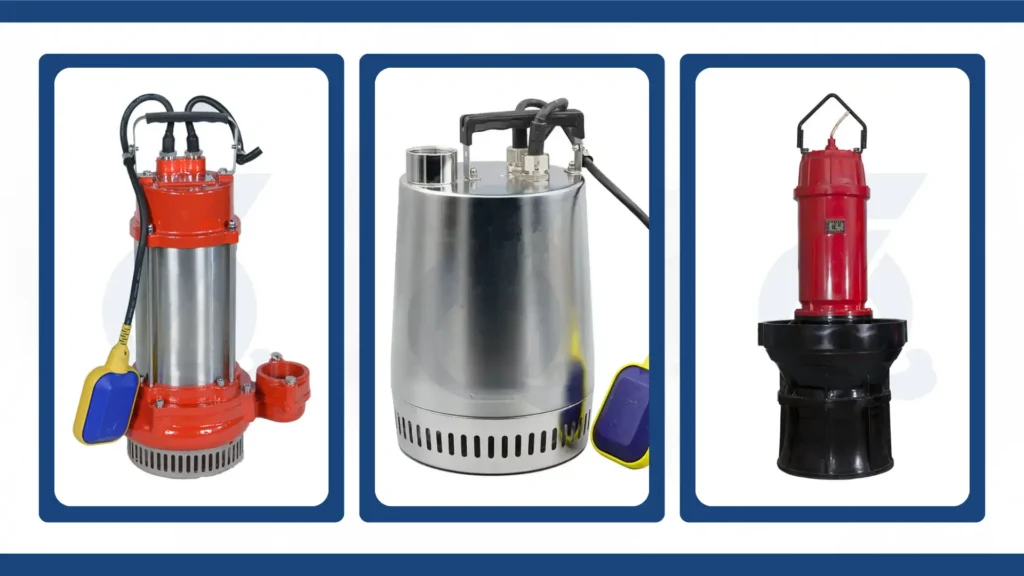
How Can You Verify Compliance After Installation?
Perform Regular Performance Testing
Regular performance testing of submersible pumps is an effective way to verify compliance.
Test parameters such as flow rate, head pressure, energy consumption, and noise levels to ensure they are within the ranges specified by the relevant standards. Use calibrated testing equipment and follow standardized testing procedures.
Comparing the test results with the manufacturer’s specifications and industry standards helps identify any deviations that may indicate non – compliance.
Conduct Safety Inspections
Safety inspections should be conducted regularly to check for compliance with safety standards.
Inspect electrical components for proper grounding, insulation, and protection against short circuits.
Check for any signs of fluid leakage that could pose environmental or safety hazards.
Ensure that safety features such as overload protection and emergency stop mechanisms are functioning properly. Safety inspections help prevent accidents and ensure that the pump operates in a manner that meets safety – related industry standards.
Seek Third – Party Audits
For an additional level of assurance, consider seeking third – party audits. Independent third – party organizations can conduct comprehensive audits of your submersible pump systems to verify compliance with industry standards.
These audits provide an objective assessment of the pumps’ performance, safety, and compliance status.
The audit reports can be useful for internal quality control, demonstrating compliance to stakeholders, and identifying areas for improvement to maintain or enhance compliance.
And More:
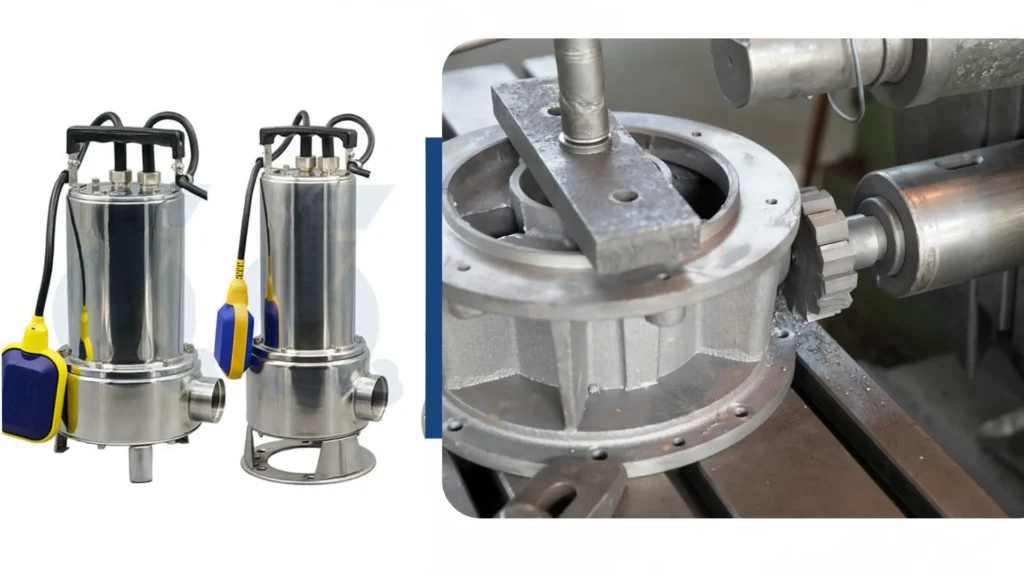
Conclusion
Ensuring compliance with industry standards for submersible pumps is a multi – faceted process that involves careful consideration at every stage, from selection to installation, maintenance, and ongoing verification. By understanding the key industry standards, identifying compliant products, following proper installation and maintenance practices, staying informed about regulatory changes, and verifying compliance regularly, you can ensure that your submersible pumps operate safely, reliably, and efficiently. Compliance not only protects your investment but also contributes to the overall success of your operations while meeting the expectations of regulatory authorities and stakeholders.

